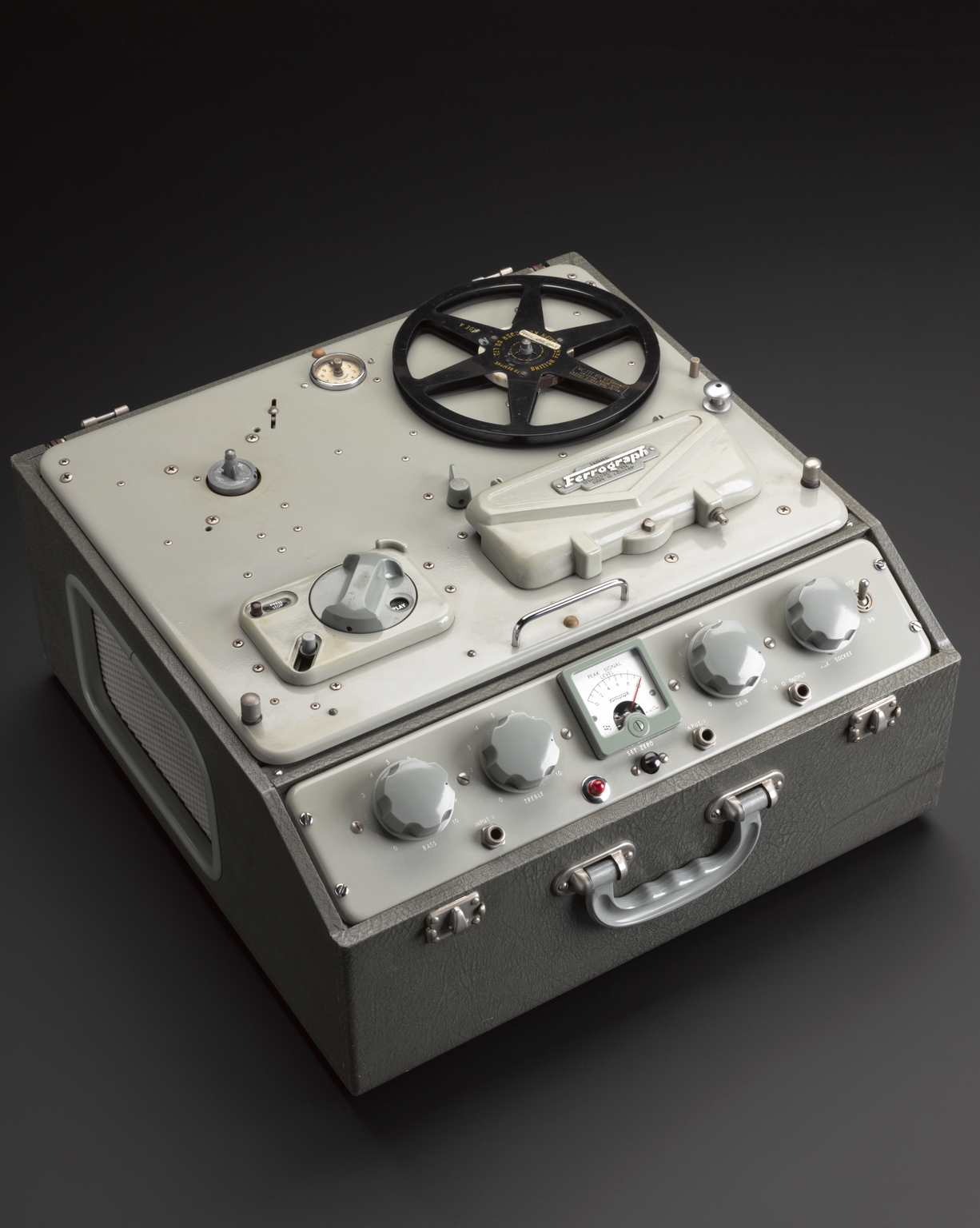Tape-players and tape-recorders were perhaps the most important instruments for many of electronic music’s pioneers, and for the staff of the BBC Radiophonic Workshop in particular. With few electronic instruments existing, early sonic explorers were forced to adapt and abuse existing technologies, and practices such as tape-splicing soon became vital tools in the search for new sounds. Since then, the situation has changed dramatically for most musicians and electronic instruments and equipment have become ever more accessible and affordable. Or at least, this has been the situation in Western Europe. Many other areas of the globe have not always had such luxuries.

For dance music fans in the USSR of the early 1990s, records and decks were prohibitively expensive, if you could even find them. In Latvia several inventive young DJs turned to reel to reel tape players in order to make their own home-brew techno and house music. Modified tape-players were combined with Western dance and hip-hop songs recorded onto tape from the radio or smuggled records to create black-market dance music. The end results were some of the most inspiring examples of against-all-odds creative ingenuity seen since Daphne Oram and co. first tape-spliced.